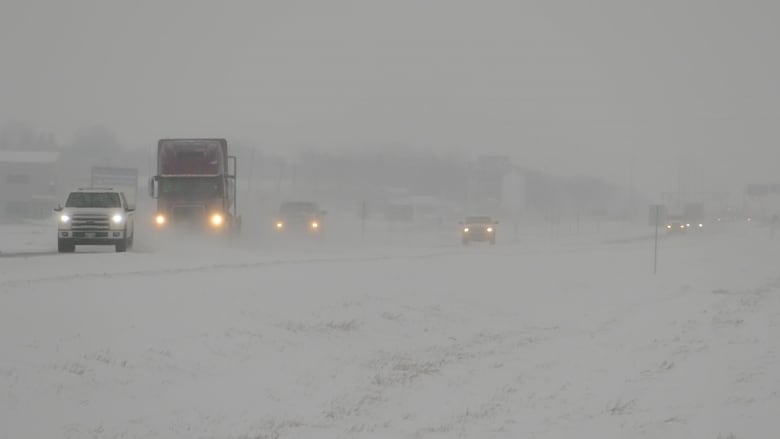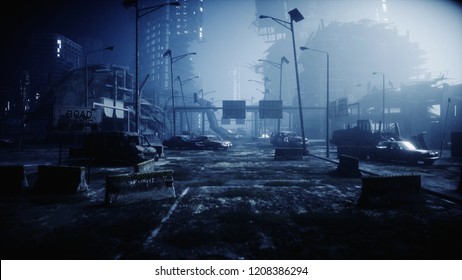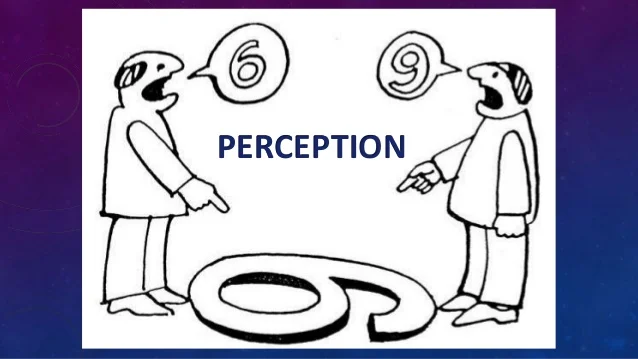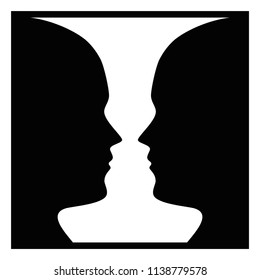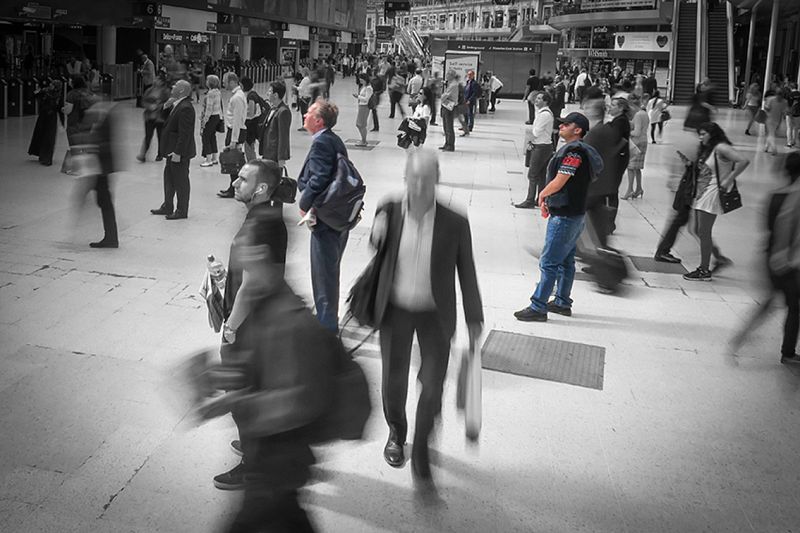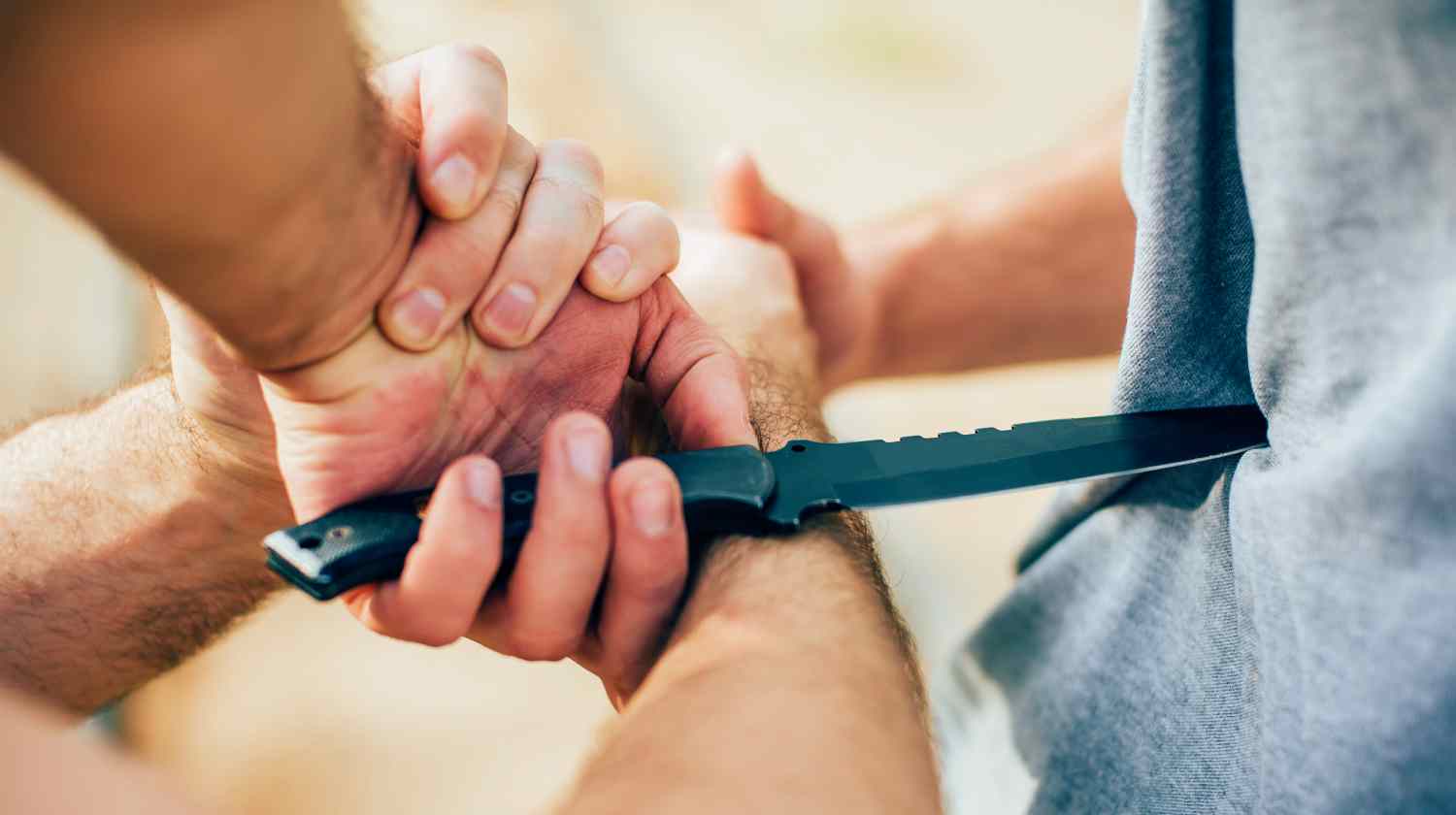As I’ve noticed a couple of threads on social media that both deride those from the West for their refusal to adopt Eastern martial metaphysical cultures…and the reverse, mocking by those Westerners over misunderstandings of some southeast Asian ones, I thought I’d regurgitate a previous commentary on the topic. Both sides often are quite uninformed, though as always, people are free to judge based on their own misinformation openly in that forum. Note the following is from my experience and my knowledge given by some quite legit people within the southeast-Asian (predominantly Filipino) and Latin-American weapons community. On the topic of cultural superstition, the power of belief, and the metaphysical side of martial arts, I’ve researched quite thoroughly over the years and from very diverse sources….though I am not an expert.
The image below is an “anting-anting” (amulet in Tagalog) I was given by a close friend. It’s an amulet that can apparently only be gifted (and rarely done) to you by someone else…its power is supposedly taken away if obtained by yourself. It has long thought to have supernatural powers to the bearer….protection from harm, from evil spirits, from enemies wishing to do harm or wrong to you. I have friends….normal, well-adjusted, emotionally-stable friends….who will swear they’ve seen multiple people shooting at one hanging from a tree with an AK, and having every bullet miss with zero damage being done to the amulet. Curses or chants that’ve imparted ill-health, disease, and death.
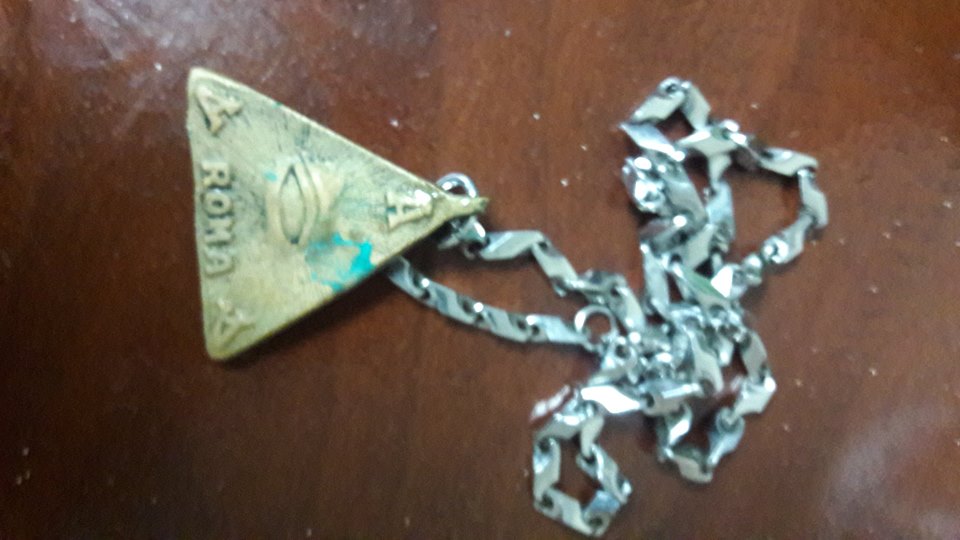
This one is a chain/pendant, but through history, anting-antings have come in many shapes and sizes, often claimed to have come from something in nature that stands out as unique or with special qualities. Talismans, good-luck charms, or a personal “rabbit’s foot.” Historically, men with bad ambitions have robbed graves to obtain the organs (the heart, for instance) of a past enemy or someone powerful and eaten it to “absorb” its power. Head-hunting to glean the head of an enemy or someone powerful. Histories of both good and bad spirits that can increase one’s power…or take it away. Animism has long been a part of combative/violence culture in a reverence, deification, or demonization of predatory animals, whose body parts many often carry around for protection or power. (HEMA, or Historical European Martial Arts, for example, noting the diagram below from Fiore. Colors – many a FMA-club wears red in some manner as it, in many parts of PI, drives-off or protects from evil spirits.

Dangerous spirits themselves, both good and bad, were another element of both fear, respect, and power. (In Batangas, where the family I learned from originates, for example they have the evil “Tikvalang/Tikbalang”, seen further down, which is a half-horse, half-human that causes travelers to lose their way and lose their sanity. As per all, there are superstitious ways to counter the effects of each spirit’s trickery, as well)
Orasiones (or chants, prayers, mantras) recited are another powerful entity in Filipino and Indonesian culture. Hilot (a healing method) also brings herbs, liniments, and procedures designed to protect and ward-off curses, bad vibes, and such…as well as actually healing practices for illness and pain, whether placebo or actual. Ritualistic ceremonies with the earth, liquid, fire, and various other elements to cleanse evil vibes or feelings or impart bravery or fearlessness to the invoker. (involving specific times-of-day, days-of-the-month and a cleansing of the body/mind in some way) Winnipeg, my hometown, is the city in Canada that has the largest Filipino/Pinoy population in the country and, wearing this chain at the park and downtown has drawn a number of both fearful and respectful looks, at various times. Apparently a foreigner wearing one reflects connections, ingrained presence in the culture, and respect for adhering to the culture. It’s often a dark side of martial culture we hear little about and few delve into…for reasons fairly self-explanatory. A Pinoy woman, neighbor to my parents, was told by my father that his son had previously studied arnis/FMA intensely for a time and that alone caused her to cut off the topic and, inevitably, the conversation.

Many mock this as in the same category as “chi” or imaginary powers. While there are some correlating disbelief aspects, the context here may be a little different based on historic-significance. Being willing to cut an enemy’s head off, eat an enemy’s heart to gain his power, or penetrate them with a big knife repeatedly because a deity is telling you too and you have divine protection, is a little more disconcerting than believing you can keep someone at bay with an imaginary forcefield. One may be blind faith, the other a false justification to do unjust acts. Deep-seated belief drives both, though, undoubtedly. My instructors always taught me that one aspect of the orasiones or agimats/anting-antings was that, if utilized for evil or bad, they lost their power.It was also historically, from what I’m told, a way to motivate Pinoys into battle against far stronger and better-trained forces who’ve previously invaded – the Spanish, Portuguese, Dutch, for example. How better to drive people into battle knowing that, although enemy forces are far greater, we have powerful spirits, magical entities, or God himself on our side.
To be sure, other global weapons systems are also not immune to these elements, either. HEMA, or Historical European Martial Arts, for example, noting the diagram below from the Italian, Fiore dei Liberi. On the Argentinean pampas, they too have their own rituals and superstitions. Drawing first-blood in a mutual knife-fight or duel showed greater skill and “branding” one’s opponent for life with one’s “personal” mark. Hitting one with the flat-of-the-blade in a duel showing greater prowess and being the ultimate derogatory insult, mystical power associated with certain blades. The Indonesian kris was purported to be able to fly, kill, and act of its own volition. Weapon arts and weapon cultures, in general, often have this metaphysical element present should one explore deeper, to be sure.
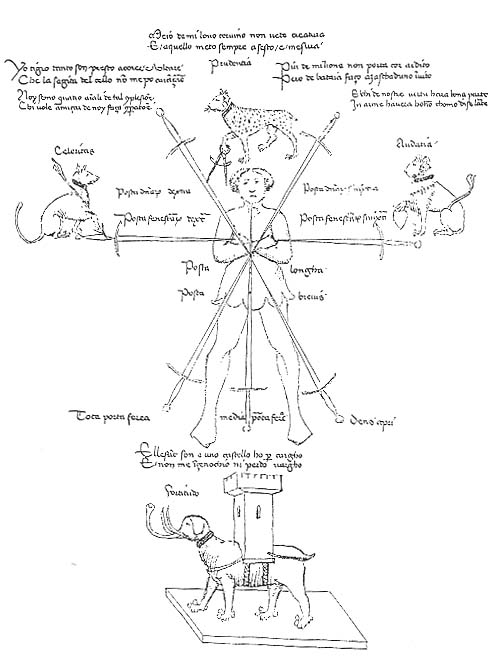
We sometimes laugh, but belief and placebos are extremely, extremely powerful tools in the undeveloped/Third-World that override reality many a time, especially as they pertain to violence or power. Empires have been toppled by belief, whether that belief has foundation, or is entirely built on a house-of-cards. Remember, too, that people in the 3rd-World or un-(or under-)developed nations don’t have that same mentality that those in the 1st-World have. Less hope, less to cling too with regards to future prospects, less opportunity – so they rely on outside sources to glean those elements, sometimes the taboo, ritualistic, spiritual, superstitious, or mystical. Whatever gets you through your day and allows you to sleep soundly at night. Hope comes from mysterious places when life is a perpetual struggle; and whether I believe in it or not, I respect that fact.
Here in Costa Rica the metaphysical element is omnipresent as well. Offshoots of the Catholic church that practice much of the above in spells, incantations, liquid- and smoke-cleansers, chants. Charm papers of the Virgin Mary or one’s personal/name saint to carry in one’s wallet for confidence or good fortune. An unerring belief that their life-course is dictated by God Himself and whatever happens, happens because of his divine hand. (“si Dios quiere…”) I’ve attended shamanic cleansings, “prayer groups” (read: cult) dressed in face-covering white flowing garb with chanting and mantras and incantations, had people put colored water on our doorstep as a curse or blessing (who’s to say for sure without knowledge of intent and placer). Reasons vary from gaining loyalty, assisting outcomes, granting protection of either aura/chakras/karma/fate or the physical person itself, or gaining the backing of spirits or divine powers.
I see people whose actual fight training may be lacking but, because of that belief structure and placebo-reinforcement, have become dangerous and self-believing. Remember, too, (and this can be important) that throughout all of this, any powerful superstitions and symbolic beliefs can also be manipulated and used against the believer with such deep over-reliance, as is always the case. Self-doubt, psychological damage, paranoia, and rendered “tool” ineffectiveness can also be equally-powerful tools with which to utilize against someone. Manipulation of one’s belief-system can be an equally-valuable tool to use against someone bent on harming you in some way. (another topic entirely)

However, contrary to what some instructors and exponents will tell you, this knowledge is NOT widespread nor a regular part of most modern FMA- or martial-training. It’s often ingrained in the culture itself. It is, however, there for those Westerners (and nationals) who delve deeper, want to learn more about where combat-culture derives from, and historically what purpose things were done for. Of the many Pinoys and Latinos I’ve talked to or am friends with, some don’t believe other than a likely hardwired wariness of the whole element. Some begrudgingly or respectfully acknowledge they’ve seen or heard of strange, unexplainable things, though their personal jury is out. Some believe deeply and intensely. ALL, however, know that belief and placebo are immensely-powerful drivers, regardless of the metaphysical reality of things. Even unfounded deep beliefs are a dangerously-powerful thing…and I’ve witnessed that here in CR in spades as well. Not proof of the spirit world…proof of the immense power of belief and self-reassurance itself and the human action(s) that can be justified…or at least self-justified…by it. No small thing, I assure you.

